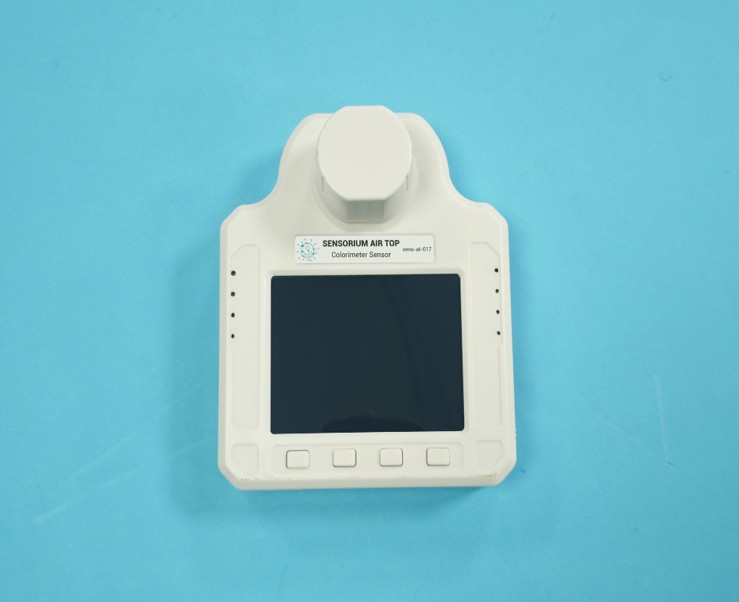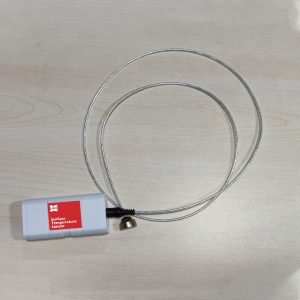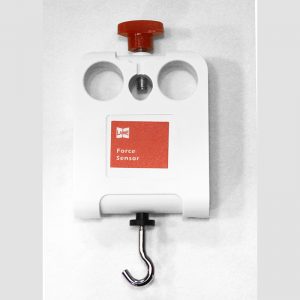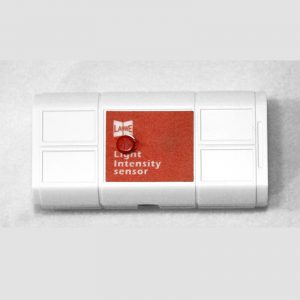
Laboratory Stand “Training Vehicle with Built-in Fault Simulator” (Copy)
July 30, 2025
Wireless magnetic field sensor
August 1, 2025Wireless colorimeter sensor
Range: 0–100%
Resolution: 0.01%
I. Working Principle
Monochromatic light emitted by a light-emitting diode passes through a transparent container holding the sample solution. A portion of the incident monochromatic light is absorbed by the solution, while the transmitted light is captured by a photodiode. The transmittance of the solution is then calculated based on this transmitted light.
II. Specifications
Range: 0–100%
Resolution: 0.01%
Includes cuvettes
III. Structure and Features
1. Equipped with a 1.8-inch color LCD screen.
2. Configured with five functional buttons for simple and convenient operation.
3. Supports high-speed USB data transfer for rapid communication with data acquisition devices.
4. Enables wireless communication with experimental terminals.
5. Built-in large-capacity removable battery.
6. Includes a sensor interface with a snap fastener, compatible with standard sensors for combined experiments.
7. Provides fixed mounting points for attachment to iron stands for integration with traditional equipment.
8. Sensor supports iOS, Android, and Windows systems.
IV. Typical Applications
A colorimetric sensor measures solution concentration by analyzing the proportion of light absorption. It is suitable for applications such as detecting liquid turbidity, chemical reaction rates, and verifying Beer’s Law.
V. Note
This product is intended solely for educational use and is not suitable for industrial, medical, research, or commercial applications.
VI. Usage Tips
1. Handle with care to avoid damage to optical and electronic components.
2. After use, rinse the sample cuvette with distilled water and store it properly, as this directly affects measurement accuracy.
3. Select the correct wavelength to obtain accurate results.
4. Typically, add 2.5–4 mL of test solution to the container, ensuring the liquid level is above the diode’s emission angle to prevent measurement errors.





Reviews
There are no reviews yet.